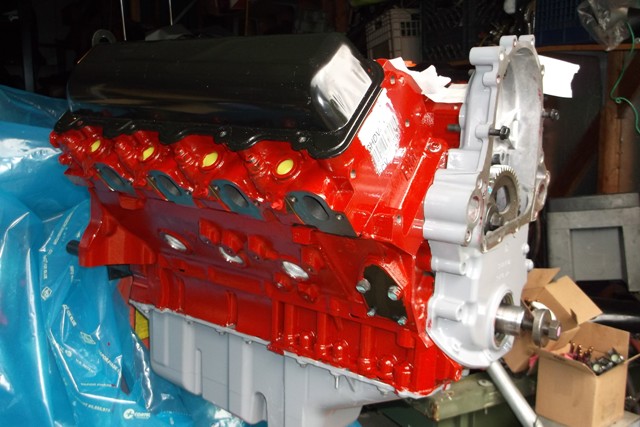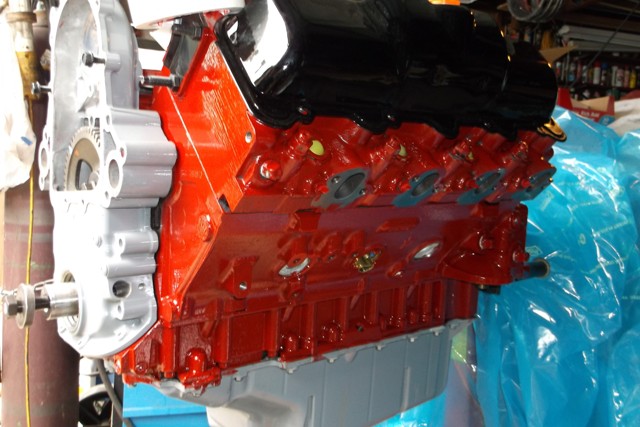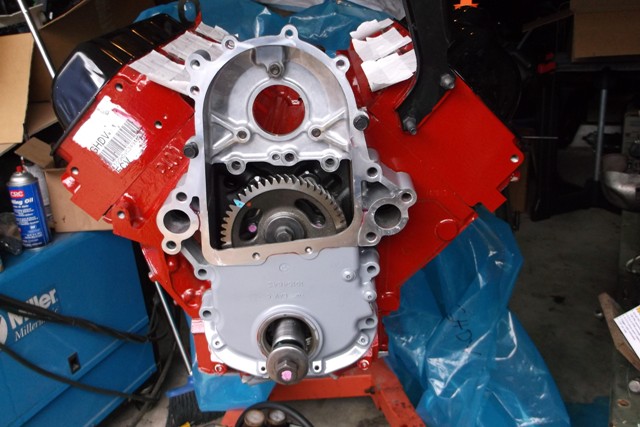turbovanman
I has boost, :O)
I've had almost zero success with Permatex liquid teflon on hyd. fittings. I would use teflon tape before I would use liquid teflon on studs. Tape has always worked on hyd. fittings M2C.
Its all I use, and I just redid my fuel system with hydraulic and AN fittings and zero issues, on top of that, used it on SBC's countless others, never ever had an issue until now!




